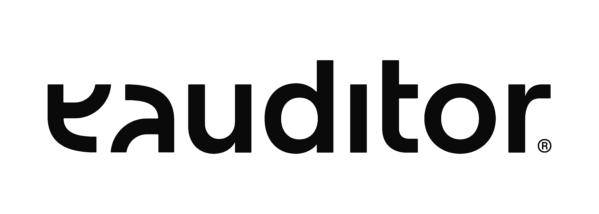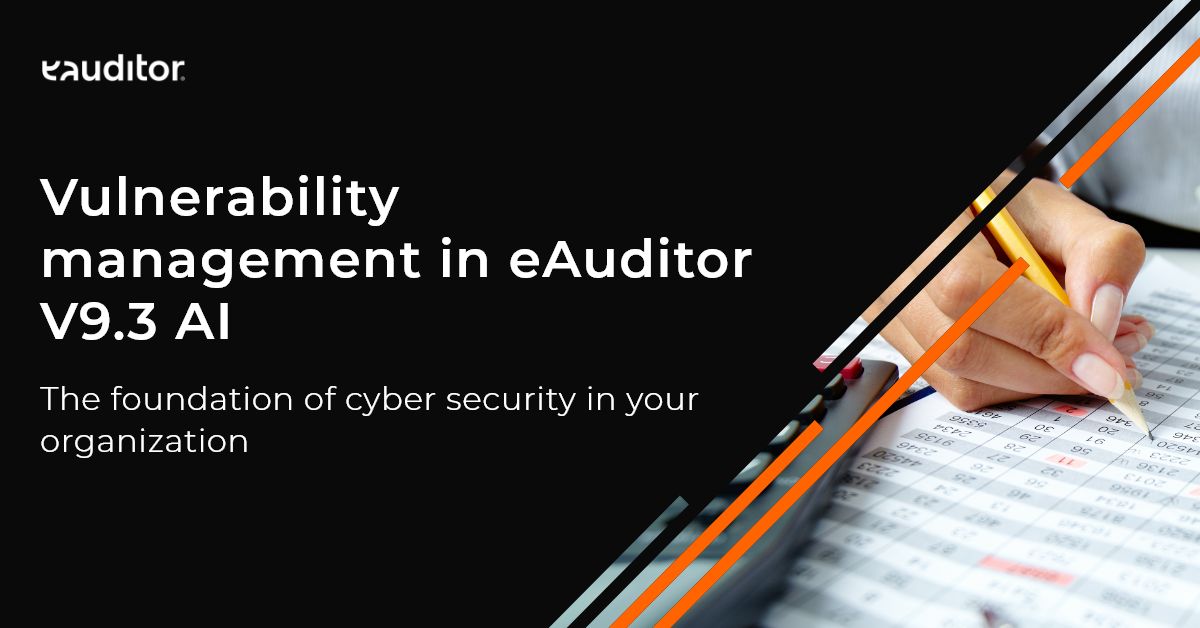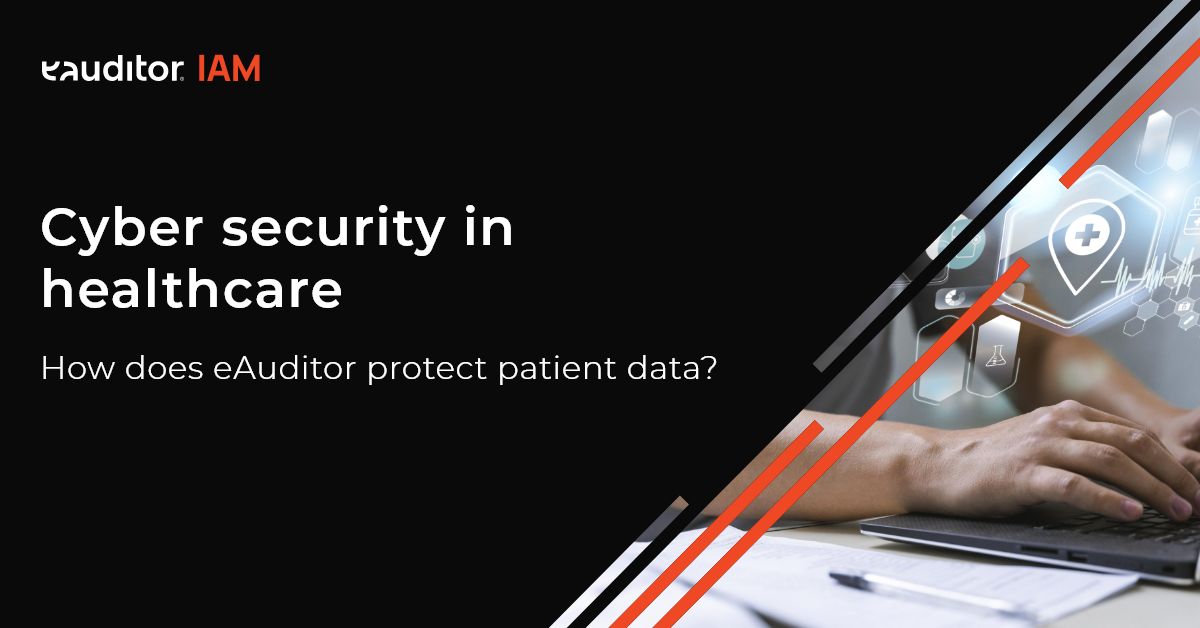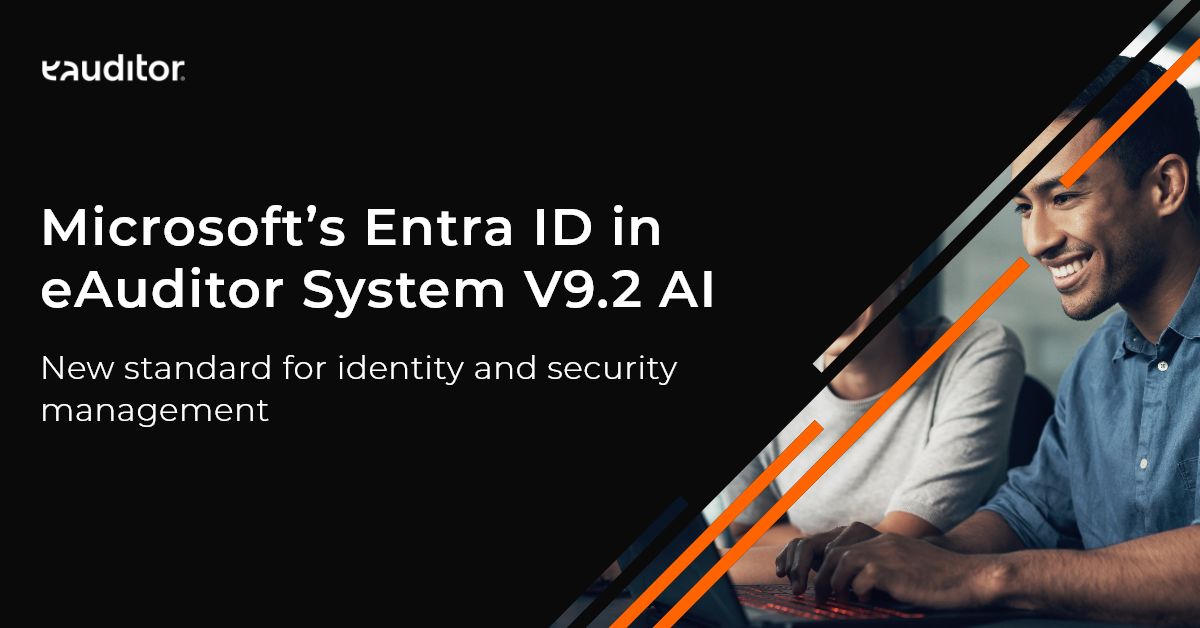Remote desktop
Learn about four remote desktop solutions that make it easier to work remotely
What is a remote desktop?
This is a practical and useful solution for many organizations to access the operating system and connect to another configured computer of a given user. It allows the use of all software, files or applications located on the screen of any computer. So how to run remote desktop in the eAuditor system? Just enter the name of the computer and make sure it is connected to the Internet or a local network.
Is it worth using a remote desktop in an organization?
Nowadays, computers are used in virtually every organization. Sometimes their dispersion in the company is really very large. Realizing technical support in the form of direct contact can lead to increased costs. Therefore, it is worth investing in a remote desktop, which allows the IT department to, among other things:
- remote access to another computer’s resources from anywhere in the world,
- network card policy management,
- no need to travel to the office in case of an emergency to use the software,
- managing services and files,
- contacting employees in need of technical assistance, without having to appear in person at the office.
Therefore, it is worth enabling remote access to computers located in the organization and thus facilitate the work of the technical support department. This will allow administrators to carry out their duties even from home, while working remotely, and gain access to all devices.
How do remote desktop tools improve remote work?
When working remotely, the most important thing is to ensure the security of information processing used by an employee on a private or business computer. By using the remote desktop control option, you ensure the highest level of security while offering your employee many other convenient features. The use of a remote desktop means that support teams can handle a much higher number of incidents with the same amount of effort and less use of human resources. Remote desktop greatly streamlines your work and allows you to connect your computer from your home to your computer at work – regardless of whether it is off or in sleep mode. It allows you to:
- save time – when doing work from home using a remote desktop, you not only establish a secure connection with another computer quickly and easily, but also save your precious time by taking advantage of a number of features that make your work easier. Among other things, you can add, modify and copy files to any of your computers and manage multiple monitors at the same time with the multi desktop function. In addition, you can easily coordinate user support processes without being in the office. Research by Machine Design shows that 60 to 70% of computer problems can be solved remotely. This means that, in most cases, RDP enables the support department to solve the problem quickly.
- work security – the remote desktop option allows you to control computers on the local network and outside NAT. In addition, all remote connections or transmitted data are encrypted, which guarantees a high level of security. Remote connection also allows the user to encrypt, authenticate and share resources.
- increased work efficiency – the advantage of the remote desktop is primarily the ability to perform tasks on your device. This greatly facilitates the work of the technical support department, which can perform tasks on the company’s computer. Remote access, therefore, enables remote work, so that the administrator does not have to waste time searching through documents or customizing hardware to suit his needs.

Remote desktop – four solutions in the eAuditor system
There are 4 solutions available in the eAuditor system for remote connections, such as:
Remote Desktop Protocol (RDP)
This is one of the remote support tools that allows you to connect to other computers on your local network. With RDP, the user also has access to the actual monitor image of the remote computer, as well as the ability to manage the device’s resources. This allows the support department to access multiple computers. RDP also allows partial remote access to source code and allows software installation on a computer. Want to learn more about remote desktop RDP? Go to the website.
webRTC
This technology allows real-time communication over the Internet. The webRTC remote desktop is an open source project. Thanks to the use of web sockets, it allows the transfer of not only audio or video, but also files. Data transmission is carried out using SRTP, which guarantees secure communication. The webRTC remote desktop provides a high level of security, the ability to connect to a computer outside NAT, and the use of a remote file manager or terminal. In addition, it also allows access to the source code and remote terminal and file manager from a browser. Want to learn more about webRTC remote desktop? Go to the website.
VNC
By using Virtual Network Computing, you will gain access to user sessions, as well as open source components. In addition, VNC uses the RFB protocol, which works at the frame buffer level. This allows it to be used in any windowed operating system. This solution also allows full access to the source code, and it can only work after the software is installed on the end computer. Want to learn more about VNC remote desktop? Go to the website.
Intel vPro / AMT
Using Intel vPRO/AMT, you can remotely configure a network card, or reinstall a computer such as Windows. The Intel vPro solution recognizes the technology version, port, configuration and allows you to connect to your computer with a single click. In addition, support for Intel vPro/AMT technology allows direct management of computers. In order to run vPRO/AMT remote desktop, it is necessary to obtain support on the hardware side. Want to learn more about Intel vPro/AMT remote desktop? Go to the website.





